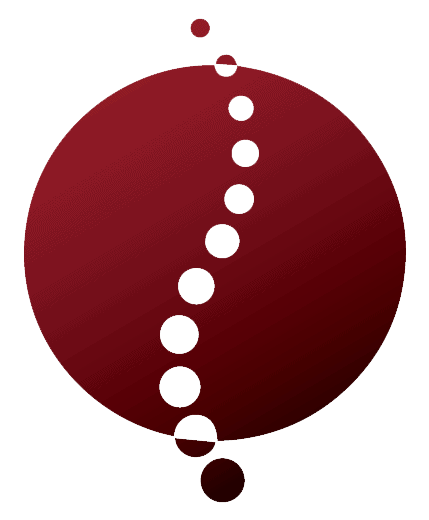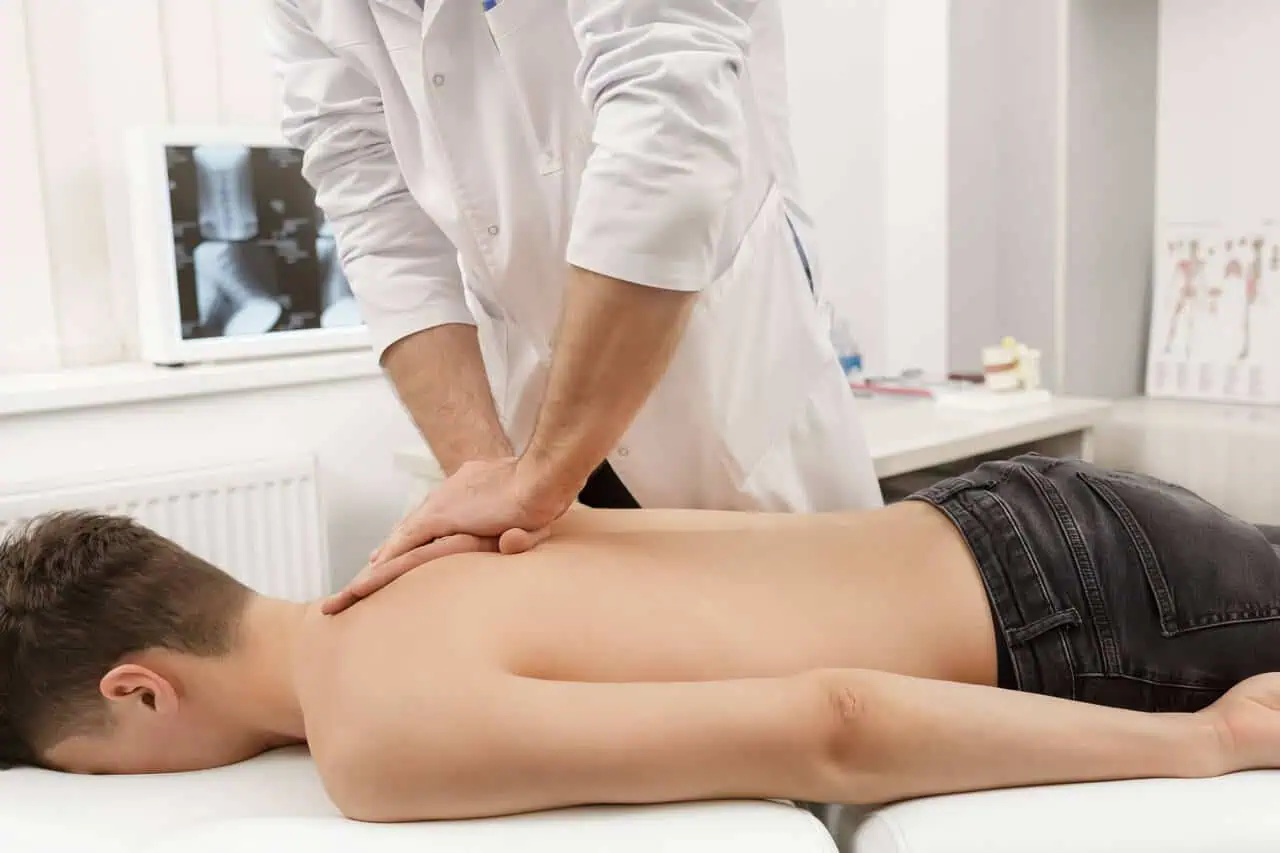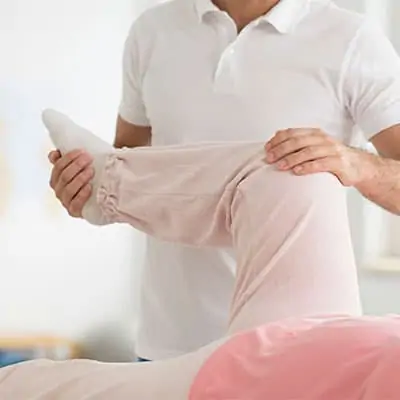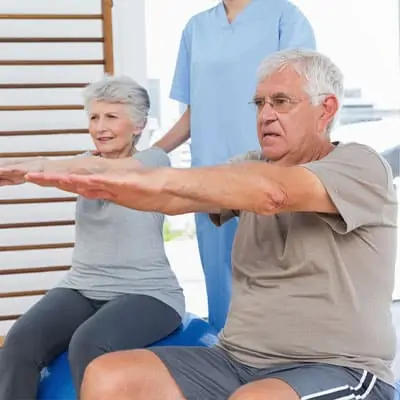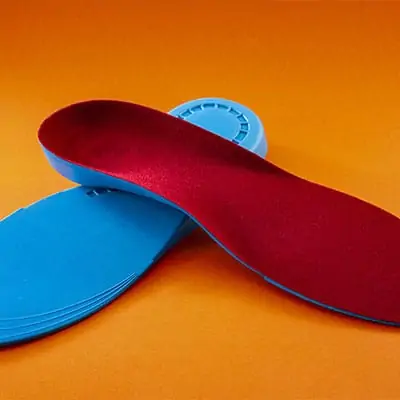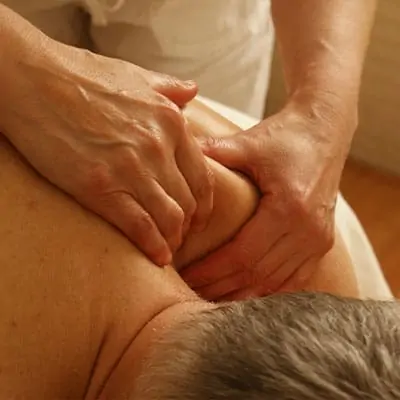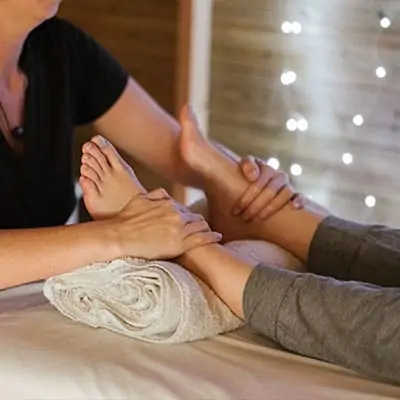Introduction to Massage Therapy
Massage therapy is an ancient practice that focuses on the manipulation of muscles and soft tissues in the body. With various techniques and approaches, it serves as a powerful tool for enhancing physical well-being and relaxation. This section will explore the benefits and significance of the different types of massage therapy available to you.
Benefits of Massage Therapy
Massage therapy offers a wide range of advantages that can positively impact both physical and mental health. Some key benefits include:
| Benefit | Description |
|---|---|
| Stress Relief | Reduces tension and promotes relaxation. |
| Pain Management | Alleviates discomfort, including chronic pain conditions. |
| Improved Circulation | Enhances blood flow, delivering more oxygen and nutrients to tissues. |
| Increased Flexibility | Helps improve joint mobility and muscle flexibility. |
| Enhanced Recovery | Speeds up recovery from injuries and intense exercise. |
| Better Sleep | Promotes deeper, more restorative sleep. |
For a more comprehensive overview of how massage therapy can benefit you, explore our article on massage therapy benefits.
Importance of Different Types of Massage
There are various types of massage therapy, each designed to address specific needs and preferences. Understanding these differences is crucial for selecting the most suitable approach for your wellness journey. Here are some common types of massage therapy you may consider:
| Type of Massage | Purpose |
|---|---|
| Swedish Massage | Promotes relaxation and improves circulation. |
| Deep Tissue Massage | Targets deeper layers of muscles to relieve chronic pain. |
| Hot Stone Massage | Uses heated stones to ease muscle tension. |
| Sports Massage | Focuses on athletes’ needs, enhancing performance and recovery. |
| Reflexology | Stimulates specific points on the feet, promoting overall health. |
| Thai Massage | Combines acupressure and yoga-like stretching for flexibility. |
Each type of massage therapy offers unique techniques and benefits tailored to specific concerns. To learn more about particular techniques used in each type, consider reviewing articles like deep tissue massage therapy and sports massage therapy. Understanding these options allows you to make informed choices about your massage therapy sessions based on your individual requirements and wellness goals.
Swedish Massage
Overview of Swedish Massage
Swedish massage is one of the most popular types of massage therapy, often recommended for relaxation and stress relief. It focuses on long, gliding strokes and gentle movements to promote overall well-being. This type of massage can improve circulation, enhance flexibility, and provide deep relaxation to your muscles.
Typically, a Swedish massage session lasts between 60 to 90 minutes, depending on your needs and preferences. It is suitable for individuals new to massage therapy or those looking for a tranquil and soothing experience. For more information, check our article on swedish massage therapy.
| Duration of Session | Typical Length |
|---|---|
| Short Session | 30 minutes |
| Standard Session | 60 minutes |
| Extended Session | 90 minutes |
Techniques used in Swedish Massage
Swedish massage incorporates several fundamental techniques designed to target specific areas of tension and promote relaxation. Below are the primary methods employed during a Swedish massage.
| Technique | Description |
|---|---|
| Effleurage | Long, sweeping strokes that warm up the muscles and establish a rhythm for the massage. |
| Petrissage | Kneading movements that focus on stimulating and relaxing muscles. |
| Friction | Circular movements that generate heat and enhance blood circulation in targeted areas. |
| Tapotement | Rhythmic tapping or chopping movements that help to stimulate the skin and underlying muscles. |
| Vibration | Shaking or trembling motions that can energize the body and relieve tension in muscles. |
These techniques work together to improve blood flow, decrease muscle tension, and create a sense of relaxation. Each session can be customized to focus on your specific concerns, making it ideal for those looking to unwind or alleviate minor aches. If you want to learn about other forms of massage therapy, visit our article on types of massage therapy.
Deep Tissue Massage
Overview of Deep Tissue Massage
Deep tissue massage is a specialized form of bodywork that focuses on the deeper layers of muscle and connective tissue. This type of massage is particularly beneficial for relieving chronic pain, tension, and tightness in the body’s muscles. It aims to address specific areas of discomfort, such as the back, neck, and shoulders, making it suitable for those who suffer from stress, injury, or overuse of muscles.
Deep tissue massage therapy involves applying firm pressure and slow strokes to target the deeper layers of muscle tissue. It is distinct from other therapies, like Swedish massage, which utilizes lighter pressure. The practice can be especially effective for athletes or individuals with physically demanding lifestyles. To learn more about different types of massage therapy, explore our article on therapeutic massage therapy.
Techniques used in Deep Tissue Massage
This massage modality employs various techniques that allow the therapist to reach deeper muscle layers. Here are some common methods:
| Technique | Description |
|---|---|
| Stripping | A technique that involves applying pressure along a muscle fiber to help release tension. |
| Friction | Circular movements across the muscle fibers are used to break up adhesions or knots. |
| Kneading | This technique involves rolling and squeezing muscles to enhance relaxation and loosen tight areas. |
| Trigger Point Therapy | Focuses on specific sensitive points within muscles that cause pain, releasing tension in those areas. |
Deep tissue massage should be performed by a qualified therapist trained in the appropriate techniques. It is important to communicate with your therapist about any discomfort during the session, as deeper pressure can sometimes cause temporary soreness.
Individuals seeking therapeutic effects from deep tissue massage often report improved flexibility, reduced muscle tension, and greater overall relaxation. For targeted issues like back pain or conditions such as plantar fasciitis, consider exploring other specialized forms of massage therapy. See articles on massage therapy for back pain and massage therapy for plantar fasciitis for more information.
Understanding the techniques and benefits of deep tissue massage can enhance your wellness journey and provide valuable relief from both physical and emotional tension.
Hot Stone Massage
Overview of Hot Stone Massage
Hot stone massage is a type of therapy that combines the use of heated stones with traditional massage techniques. This method has been practiced for centuries and is known for promoting relaxation, reducing muscle tension, and enhancing overall wellness. The heat from the stones helps to relax the muscles, allowing for deeper penetration during the massage process.
During a hot stone massage, smooth, flat stones are typically made from basalt, which can retain heat well. These stones are heated in water and placed on specific points of the body, often focusing on areas of tension such as the back, shoulders, and neck. This technique encourages your body to relax and improve circulation, making it an effective option for stress relief and muscle recovery.
Techniques used in Hot Stone Massage
Hot stone massage incorporates several techniques to achieve optimal results. Here are some common methods utilized during the session:
| Technique | Description |
|---|---|
| Stone Placement | Heated stones are strategically placed on key areas of the body to promote relaxation and tension relief. |
| Gliding Massage | The therapist uses the heated stones to glide over the skin, applying pressure to relieve tension and improve circulation. |
| Targeted Pressure | Focused pressure is applied using the stones to address specific areas of tightness within the muscles. |
| Combination Techniques | The therapist may also integrate traditional massage techniques, such as kneading or tapping, alongside the use of stones. |
The combination of heat and massage not only enhances relaxation but may also improve flexibility and alleviate pain, making hot stone therapy a popular choice for individuals seeking relief from various ailments. For more information on different massage techniques, consider exploring our article on massage therapy techniques.
Hot stone therapy can be particularly helpful for managing conditions such as muscle stiffness and anxiety. Always consult with a qualified therapist to determine if this therapy aligns with your wellness goals.
Sports Massage
Overview of Sports Massage
Sports massage is specifically designed to cater to the needs of athletes and active individuals. This type of massage therapy focuses on preventing and treating injuries while enhancing performance. Whether you are a professional athlete or a casual fitness enthusiast, sports massage can help keep your body in peak condition. It is beneficial before, during, and after sports activities.
The primary goal of sports massage is to prepare the body for peak performance and provide relief from muscle tension. Regular sessions can help you maintain flexibility and range of motion, which is crucial for optimal athletic performance.
Techniques used in Sports Massage
Sports massage utilizes various techniques tailored to address specific needs based on the individual’s activity level and body condition. Here are some common techniques used in this type of massage therapy:
| Technique | Description |
|---|---|
| Effleurage | Long, gliding strokes that promote relaxation and warm up the muscles. |
| Petrissage | Kneading and compressing movements to relieve tension and improve circulation. |
| Friction | Circular movements focused on deeper layers of muscle tissue to break up adhesions. |
| Tapotement | Rhythmic tapping and percussion to stimulate muscles and enhance blood flow. |
| Stretching | Gentle stretching techniques help improve flexibility and range of motion. |
| Trigger Point Therapy | Targeting specific tight muscle areas to alleviate pain and tension. |
Each technique serves a specific purpose, contributing to overall muscle health and enhancing the recovery process. Sports massage can help you address various issues such as massage therapy for back pain or massage therapy for plantar fasciitis.
For athletes, incorporating sports massage into their training regimen can significantly benefit performance and injury prevention. If you want to explore how massage therapy can support various conditions, see our articles on therapeutic massage therapy and rehabilitation massage therapy.
Reflexology
Overview of Reflexology
Reflexology is a specialized type of massage therapy focused on applying pressure to specific points on the feet, hands, and ears that correspond to different organs and systems within the body. This ancient practice is based on the principle that these reflex points can stimulate healing and improve overall health by promoting relaxation and encouraging the body’s natural balance.
Many people seek reflexology as a complementary therapy to help manage various ailments, such as stress, headaches, and digestive issues. Research suggests that reflexology can enhance relaxation, improve circulation, and support emotional well-being. If you’re interested in exploring more therapeutic options, you can learn about therapeutic massage therapy.
Techniques used in Reflexology
Reflexology employs different techniques to apply pressure and manipulate the reflex points. Here are some common methods:
| Technique | Description |
|---|---|
| Finger Pressure | The practitioner uses their fingers to apply varying degrees of pressure on reflex points. This can range from light to deep pressure based on the individual’s comfort level. |
| Thumb Walking | This technique involves the practitioner using their thumbs to “walk” along the reflex points, applying continuous pressure as they move across the foot or hand. |
| Hook and Back | This method involves a hook-like motion using the fingers or thumbs to press down on specific reflex points to release tension. |
| Sliding | The practitioner glides their fingers or thumbs across the surface of the foot or hand, helping to promote relaxation in the nervous system. |
Reflexology can be a beneficial addition to your overall wellness routine. It complements other massage therapies such as sports massage therapy and deep tissue massage therapy, creating a comprehensive approach to health and relaxation.
Thai Massage
Overview of Thai Massage
Thai massage is a traditional practice that blends elements of yoga and acupressure. Originating in Thailand, this form of massage therapy focuses on aligning the energy pathways in your body. It is characterized by its combination of stretching, gentle pulling, and rhythmic compressions. Unlike many other types of massage therapy, Thai massage is typically performed on a mat on the floor, allowing for a greater range of movement for both the client and the therapist.
This unique style aims to enhance flexibility and promote relaxation while relieving tension in the muscles. Many clients find Thai massage particularly beneficial for alleviating stress and improving overall well-being.
Techniques used in Thai Massage
Thai massage utilizes a variety of techniques that make it distinct from other massage modalities. The following table outlines some key techniques used during a typical session:
| Technique | Description |
|---|---|
| Stretching | Involves a series of yoga-like stretches that help improve flexibility. |
| Compression | The therapist uses their hands, forearms, and feet to apply pressure to specific points along the body. |
| Rhythmic rocking | A gentle motion that helps loosen muscles and promote relaxation. |
| Acupressure | Pressing on specific points, known as sen lines, helps release energy blockages. |
| Postural alignment | The therapist may guide your body into various positions that foster alignment and ease of movement. |
Thai massage practitioners focus on your body’s energy lines while using various body parts, including elbows and knees, to create a supportive and dynamic experience.
If you are seeking various benefits from massage therapy, including relief from pain and stress reduction, consider exploring the benefits of therapeutic massage therapy for a holistic approach.
